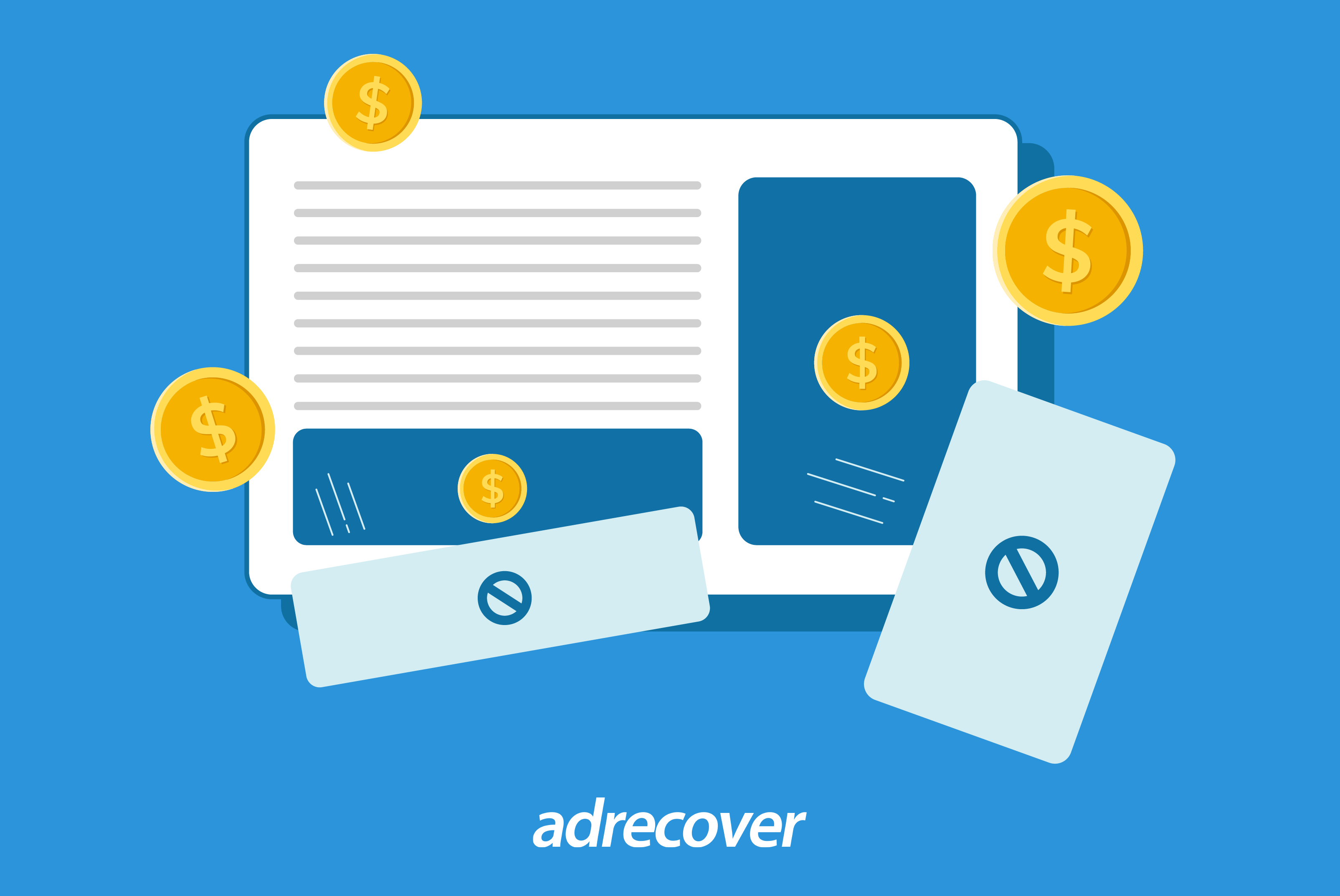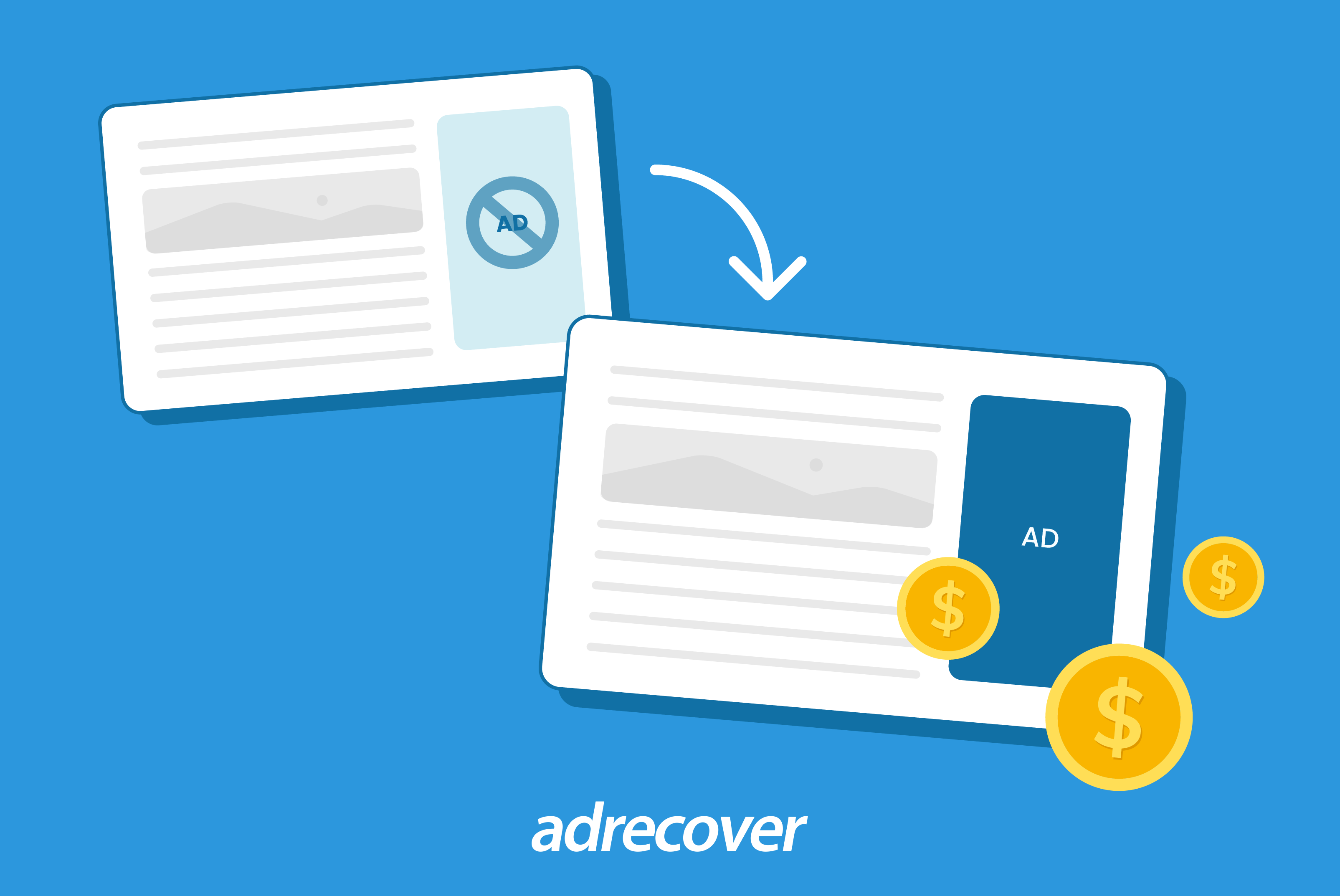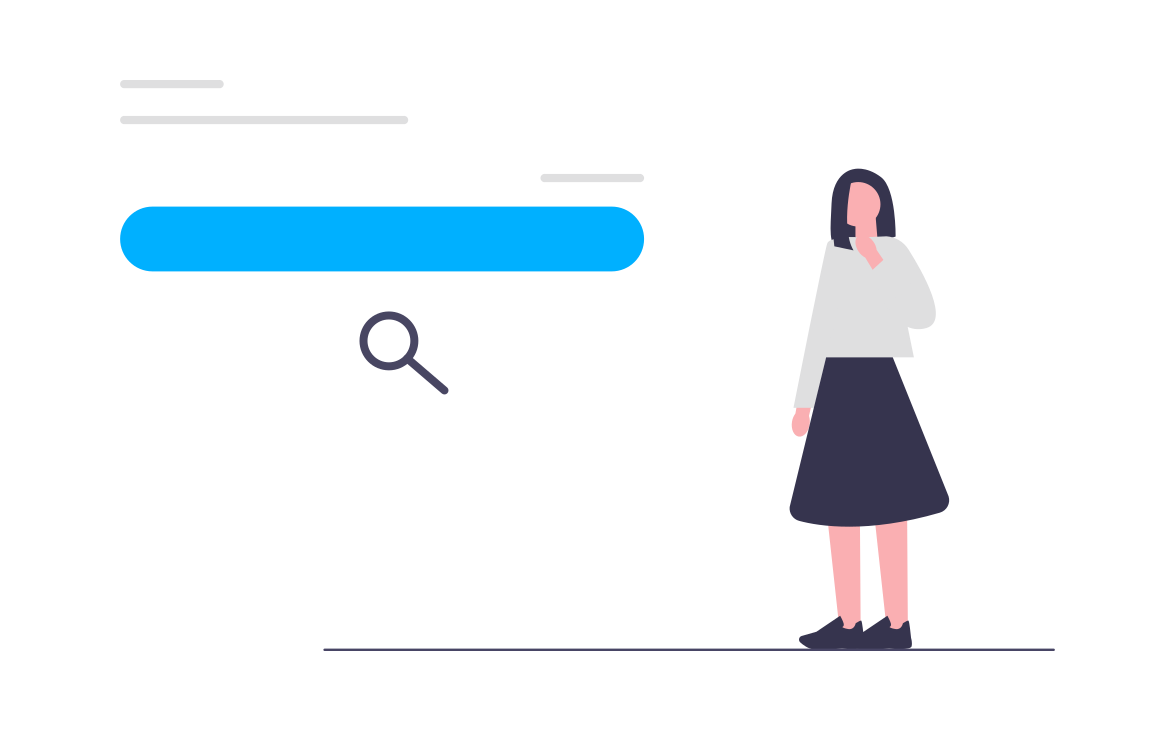Recent Blogs
Advertisements in today’s world are everything that helps brands establish their name in this competitive marketplace and make anything worthy within a small span of time. For publishers, it is the platform from which they can earn revenue by posting their digital editions. But due to ad blockers, it becomes a challenge for publishers to maintain their revenue stream.
Ad Blockers disrupt the traditional online advertising model and impact the revenue streams of content creators and website owners. Here’s an ultimate guide to help publishers recover from Adblock Revenue and make the best out of advertisements.
What Are AdBlockers?
“Adblock usage is a global phenomenon, with prominent user bases on every populated continent. When Blockthrough analyzed upwards of ten billion pageviews from nine and a half thousand sites, adblock rates ranged from 8% (in Nigeria) to 55% (in Croatia).”
Adblock is a new and advanced software solution that prevents a user from getting ads to appear on their screen or making them be downloaded on their web page. Adblockers are downloaded as Chrome extensions or can be used as stand-alone applications to prevent the ad from appearing on a window.
Some adblockers also stop anything they think can be ads, and some directly block the source code for tracking, cookies, and other scripts.
Why is Adblocker a Threat to Publishers?
According to Statista, the rate of ad blocking through which a user eliminates ads is more than 28%. After 2018, the adblocking rates have gone to a high level, and with an increase in adblock users by 5%, the overall percentage is now 42.7%.
1. Ad Revenue Loss :
Publishers rely on advertising to generate income, and ad blockers prevent ads from being displayed on users’ devices. This results in a direct loss of revenue for publishers, making it challenging for them to sustain their content creation efforts and maintain their websites.
2. Decrease in Ad Visibility and Its Impact
Even users who don’t actively use ad blockers may exhibit “banner blindness” or become immune to traditional advertising due to the abundance of ads on the internet. As a result, the overall viewability and effectiveness of ads decrease.
3. Impact on Independent Publishers
Larger websites and platforms can sometimes cope with ad-blocker challenges by leveraging other revenue streams or negotiating deals with advertisers. However, smaller publishers and independent content creators often need more bargaining power and resources to navigate ad blockers effectively, putting them at greater risk of revenue loss.
4. Bad Impact on the Internet Ecosystem
Publishers and advertisers depend on a delicate balance to maintain a thriving internet ecosystem. The widespread adoption of ad blockers can disrupt this balance, forcing publishers to rethink their content distribution strategies and potentially leading to an unbalanced landscape with limited diversity in content offerings.
Seeing all these negative impacts of adblockers on publishers, it becomes clear that publishers must find a way for adblock recovery to prevent the loss of adblockers on their revenue stream. And that’s when adblock recovery and its applications come into place.
How Much Revenue Do Publishers Lose from Blocking?
It is stated in the field of advertising that, on average, a publisher loses around 15-30% of the ad revenue generated via advertisements. According to recent reports, the percentage keeps varying from publisher to publisher in the number of pages, audience segments, and ad views per month.
What Do You Mean By Adblock Recovery?
Adblock recovery is a name that refers to the methods that publishers use to recover their revenue that was diminished due to adblockers. Ad recovery belongs to all those techniques, tools, or techniques that allow publishers to benefit from the ads irrespective of the ad blockers.
Adblockers can be eliminated using all these methods and get ad recovery:
- Taking measures on how much revenue loss you are having because of adblockers.
- Whitelisting a website
- Ad reinsertion
- Allow only those users who are not being introduced to ad blockers.
- Other types of Value exchange options between the publisher and visitor for the exchange of content like paid subscriptions and registrations.
Benefits of Ad Recovery on Publishers
Ad recovery methods can offer several benefits to publishers, helping them address the challenges of ad blockers and improve their advertising revenue and overall user experience.
Here are some key benefits of ad recovery for publishers:
1. Increase in Revenue Stream
With ad recovery methods, publishers can again take advantage of regular revenue streams by allowing their ads to be shown to valuable visitors or customers. Due to ad recovery, they get the assurance that they can monetize their content by targeting users who have used ad blockers as well.
2. Amplify User Experience
Ad recovery methods promote a better user experience by showing relevant content and blocking irrelevant ones. This eventually leads to a better user experience and helps publishers build a better user-provider relationship and restore them from using such blocking apps.
3. Flexibility and Control:
Ad recovery strategies give publishers more control over how ads are displayed on their websites. They can choose which types of ads to display, where to place them, and how often to refresh them, tailoring their ad strategy to their specific audience and content.
4. Higher CPMs and ARPU
With ad recovery, publishers can leverage CMPs and their average revenue per user.
Do Publishers Use Adblock Revenue Recovery?
Yes, not one or two, but more than 50% of the publishers are on the higher edge because of using adblock recovery for them. Using ad recovery methods, they protect their content and provide a valuable exchange for access control for their content.
Publishers need to find a balance between ad recovery efforts and user experience to avoid alienating their audience. While ad recovery can help recapture lost revenue, intrusive or disruptive ads may lead to increased ad-block usage or reduced user engagement.
What is Anti-Ad Blocking?
Anti-ad blocking is a term that entails all the methods, technology, and software that a publisher uses to limit their revenue loss. It is also done to revamp the page functioning problems that are done via adblock technology. The most popular approach for anti-ad blocking is whitelisting engagement, ad-lite experience, and reinsertion.
Some people get misled by the term“anti” with adblock, as many publishers are comfortable offering an ad-free web experience if the user agrees to a monetary exchange of value.
Generally, anti-adblock is just a synonym of “adblock recovery,” “block adblock,” and “adblock killer.”
Adblock Recovery Solutions for Publishers
Adblock recovery solutions for publishers aim to recapture lost advertising revenue caused by ad blockers while maintaining a positive user experience. Here are some effective adblock recovery strategies that publishers can implement:
Step-by-step guide for adblock recovery:
Step 1: Adblock Analysis
Adblocker analytics, or adblock detection analytics, are tools or services that help publishers and website owners track and analyze the impact of adblockers on their websites. Using designed adblock recovery tags on your site, any publisher can easily access Adblock Analytics.
Step 2: Whitelisting
Using whitelisting or allowlist, any user adds the website they like to a series entirely free from ad-blocking functions. In simple terms, after whitelisting, a user allows adblockers to get disabled on the server without any support, except for all other websites that will still be affected by adblockers.
Step 3: Ad Reinsertion
Ad reinsertion involves dynamically inserting advertisements into online content after ad blockers have removed the original ads. This technique is used to combat the effects of ad blocking and ensure that ads are still served to users with ad blockers enabled.
From 2013 to 2016, monthly active PC users (MAU) applying ad blocking grew by 345%, growing from 62 million to 276 million, allowing them to easily block ads and avoid distractions such as ads at the beginning of YouTube videos.
Is it worth buying Ad Recovery Solutions?
Building an adblock recovery solution can be viable if you have the technical expertise and resources. However, if you lack the technical capabilities, have budget constraints, or require a quick solution, buying an existing adblock recovery solution from a reputable provider may be the more practical choice. It allows you to leverage the expertise of others and focus on your core business objectives while recovering lost revenue from adblock users.




Let's Connect